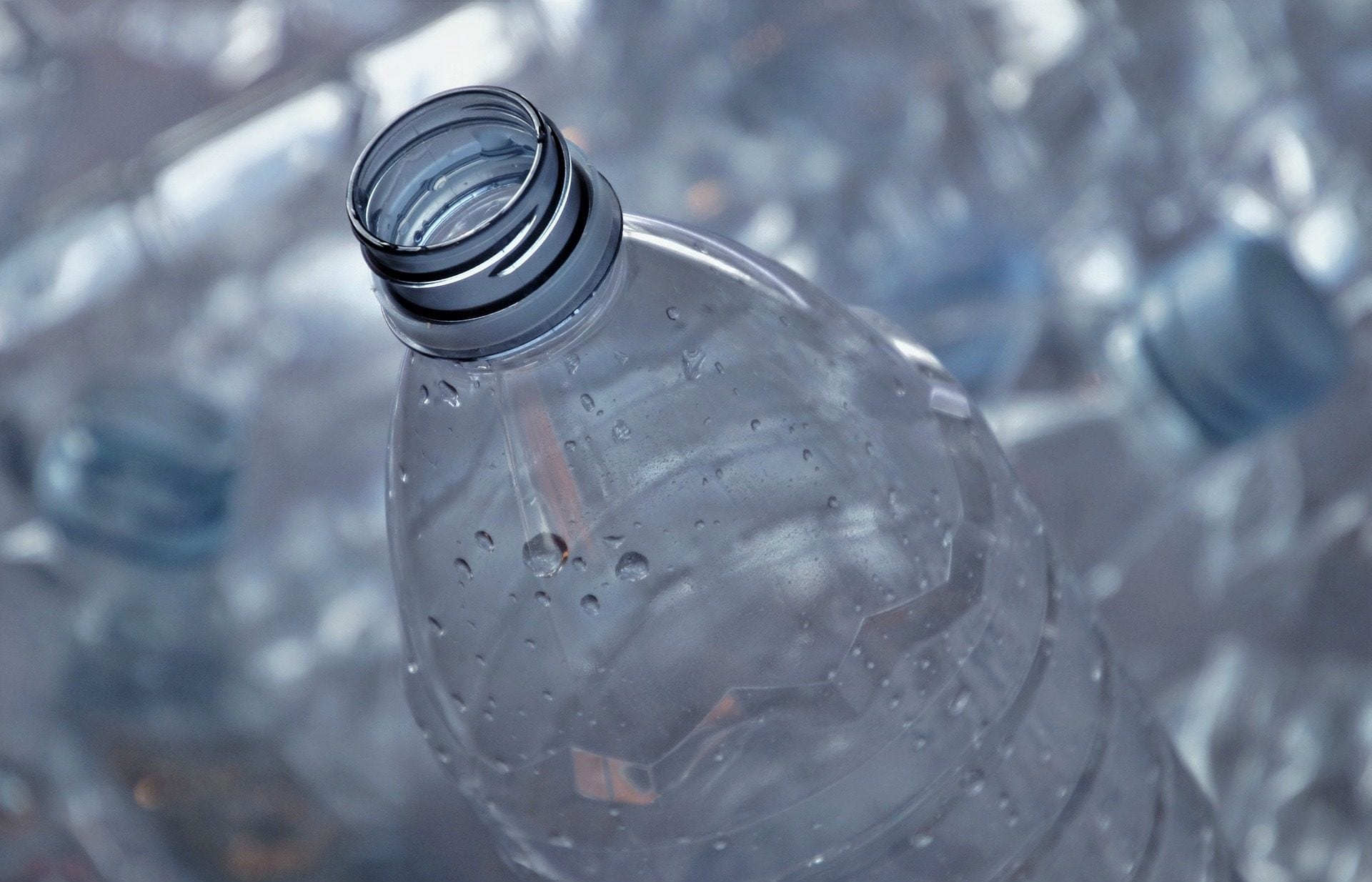EFSA has decided to lower the tolerable daily dose of Bisphenol A, a molecule also used in the production of containers for food and drinks, for “prudential purposes”: “It can be dangerous for the development of the hormonal system”.
EFSA, the European Food Safety Authority, has launched a new alarm on the Bisphenol A: if taken through food, the moleculeused in the production of plastic containers for food and drinksit can in fact be harmful to health, in particular it can be dangerous for the development of hormone system and for the immune system.
This is what has emerged from a new study conducted by European experts. That Bisphenol A was not safe is not new: since the late 1990s the substance was suspected of having adverse health effects following its migration into food. Since 2017 it has been classified in the EU as replacement candidate and since 2018 its use has been banned in feeding bottle and in other food containers for children under the age of three. The latest analysis on the molecule dates back to 2015.
The new tolerable daily dose of Bisphenol A
In recent days, EFSA has done more. He established the new daily dose tolerable in 0.2 nanograms (2 billionths of a gram), replacing the previous temporary level of 4 micrograms (4 millionths of a gram), per kilogram of body weight per day: about 20,000 times lower, a”prudential purpose“.
How is Pope Francis, the news of March 30: “Progressive improvement”
In more recent studies, “we observed an increase in the percentage of helper T-cell lymphocytes in the spleen,” he said Claude Lambre, chairman of the EFSA expert group on materials in contact with food, which “could lead to the development of allergic pulmonary inflammation and autoimmune diseases”.
Where is Bisphenol A found?
Bisphenol A (BPA) is a synthetic chemical produced by the reaction between two phenols and a molecule of acetone. It is a basic component for the production of polycarbonatea plastic widely used in the manufacture of common consumer goods.
Therefore, its use is much more widespread than you think. It is found in some types of bottles and food containers, baby bottles, CD, DVD, stoviglie reusable plastic, cell phones, kettles as well as various medical devices and toys. BPA can be present in plastics with the identification code 3 or 7 or the wording PC, but also in the inside of preserve boxes and tin cans for drinks. It can also be found in receipts, transport tickets, bank receipts or parking tickets and in PVC plastics (cables, tyres).
